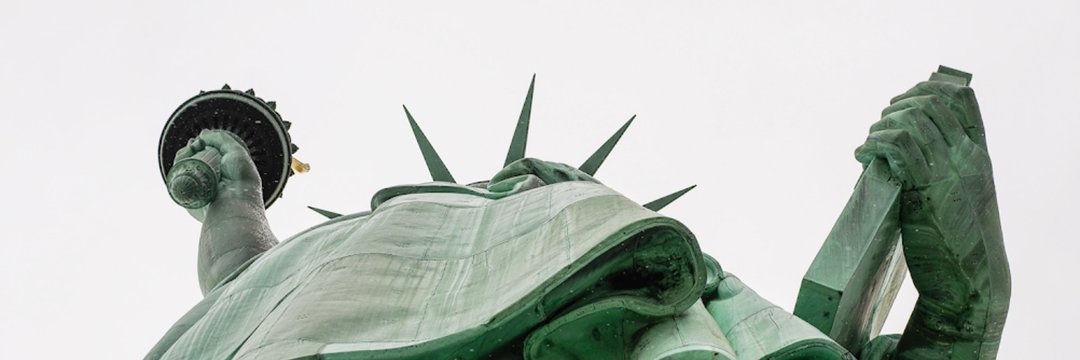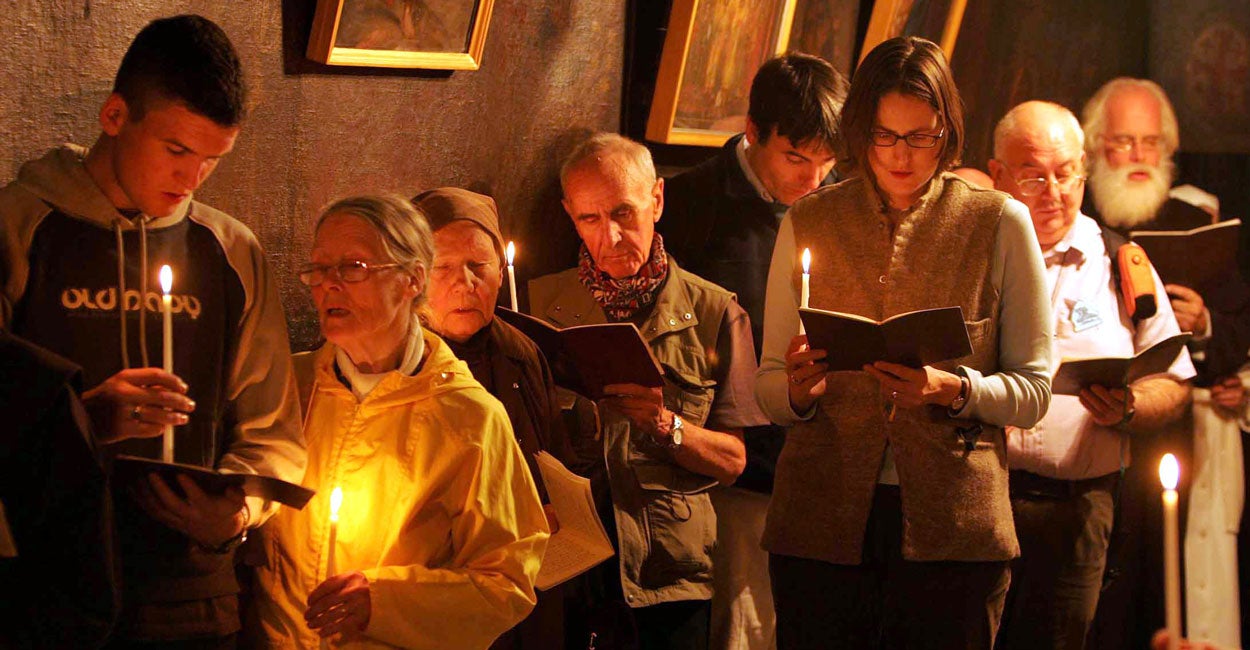
www.dailysignal.com
The Humble Arrival: Reflecting on the Incarnation’s Gentle Grace
Think of all the grand gestures in this world. The motorcades, parades, and celebrations that occur when a president or prince visits a nation. The very foundation of the red carpet is glamour and awe. Modern rallies often welcome their distinguished guests to the stage with music blasting and sparks flying.
Hardly ever do important people make an appearance without the whole shebang. With one exception—the most important Being who ever walked this earth.
It’s Christmas time, which means we pay special attention to “the reason for the season”: the birth of Jesus Christ. And when we do so properly, what do we see? Sheer humility.
You know the narrative—Mary and Joseph, shepherds, a manger. Mary, close to birth, needed shelter. The inn, however, had no room. And so, they stayed in the stable, where little baby Jesus was ultimately born. However, during a time in which we commonly focus on how He came into the world in such a humble place, I want to focus on how He came into the world in such a humble form.
We’re not dealing with a good man who did good things in this world. No, we’re reflecting upon the very purpose behind Christmas, which involves the God of the universe. We’re talking about the incarnation of YAHWEH—the great I AM. We’re talking about the One who created the world and everything in it. The One whose mighty hand ordains all things — from the flooding of the earth in Noah’s time to the gentle fall of the leaves in Autumn.
This God could have come in any form He wished. As Audrey Assad sang in the song “Winter Snow,” He could have come like a “mighty storm,” carrying “all the strength of a hurricane.” He “could’ve come like a forest fire, with the power of heaven in [His] flame.” He could have come accompanied by trembling earthquakes or blinding light. He could have come declaring His holiness—His sovereignty.
But no… He came like a “winter snow. Quiet and soft and slow. Falling from the sky in the night to the earth below.”
I can hardly think of a more humble, innocent, and precious way for our Savior—the King of kings and Lord of lords—to have come to us. So vulnerable. So small. So out of sight.
In this fallen world, it’s “go big or go home.” Nearly everything comes back to how much attention, money, or possessions you have. If you have an abundance, then the world brands you as a somebody. But if you have nothing? Well, more often than not, you’re thrust aside as a nobody. And when Jesus entered this world, from a worldly perspective, He came with nothing—not even an actual room to be born in. By all earthly standards, He was a nobody.
Philippians 2:5-8 paints the full picture: “Have this mind among yourselves, which is yours in Christ Jesus, who, though He was in the form of God, did not count equality with God a thing to be grasped, but emptied Himself, by taking the form of a servant, being born in the likeness of men. And being found in human form, He humbled himself by becoming obedient to the point of death, even death on a cross.”
All throughout Scripture, we see how everything Christ did, everything He was, and every aspect of what He taught all came back to humility. His entire earthly life—from birth to death—spotlights humility. All while bearing the title of King. The most perfect, mighty, majestic, sovereign, and holy Being chose humility. He chose humanity’s form. Christ does not just choose the lowly—He placed Himself among the lowly.
What better example could we ask for? Christ’s life, the humility that saturated every moment of it, completely flips the world’s script. When we’re told we can’t be satisfied unless we have more, Christ tells us we’re complete and satisfied in Him only. When the world demands perfection in order to be accepted, Christ cloaks us in His perfection. When the world tells us to perform for an audience of millions, Christ tells us: “Look to me and me alone.”
To the world, we’re never enough. No matter how much you chase what it deems valuable, you will never stop chasing — and you will always come up unsatisfied. And yet, in Christ, we have all things.
In fact, the very nature of our lowliness is what makes the gospel so breathtakingly beautiful. James 2:5 reminds us: “Listen, my beloved brothers, has not God chosen those who are poor in the world to be rich in faith and heirs of the kingdom, which He has promised to those who love Him?” Or as 2 Corinthians 8:9 echoes, “For you know the grace of our Lord Jesus Christ, that though He was rich, yet for your sake He became poor, so that you by His poverty might become rich.”
Beloved, in the most loving way I say this: we are a bunch of nobodies. There is nothing in us, I should think, that would beckon the Father’s love over us. I can think of no comprehensible reason why God would send His one and only Son to die for us.
Why, I often wonder, would Jesus go through so much pain and suffering, taking on sin and death, for a people that constantly fail Him? And to then turn around and give those people abundant life and a citizenship in heaven—it’s simply unfathomable!
We all came into this world as little, crying, helpless babies. We all entered unable to survive without the intervention of doctors and the love and help of our parents or some form of caregiver. Even as we age, we’re frequently reminded of our frailty, as well as our dependence on that which is outside of ourselves.
From start to finish, we see how, really, we aren’t all that important. No, we’re small and ordinary. We’re flawed and feeble. And yet, from being a babe to an adult in His mid-thirties, this is the form our Lord chose to mirror. This is the form that bears God’s image. This is the form of life He found worth dying for and communing with forever.
Our King—mighty and powerful—is so tender. Even the birds of the air He cares for. The grass is caressed by his tender breezes. The flowers, with their soft petals, bloom at His command. And this is all the more striking when considering the same voice that cares for the smallest, most vulnerable aspects of this life also moves mountains, controls storms, and evokes reverent (or not so reverent) fear and trembling.
It’s astounding, really. I mean, how could all of this be confined to a tiny baby? I’m truly unsure. But I am thankful—thankful for this wonderful reminder of humility.
And so, as we gather around twinkling lights and exchange gifts this Christmas, let us pause to emulate that same humility in our own lives. In a season often dominated by excess and spectacle, may we choose the quiet path of service, kindness, and selflessness—mirroring the Savior who came not to be served, but to serve.
Let this truth transform our hearts: the greatest power in the universe arrived in the gentlest whisper, inviting us to find our worth not in worldly acclaim, but in the eternal embrace of a humble King.
In Him, our ordinary lives become extraordinary, and our weaknesses are turned to strength. Merry Christmas, and may the peace of Christ, born in a manger, dwell richly in you.
Originally published by The Washington Stand.
We publish a variety of perspectives. Nothing written here is to be construed as representing the views of The Daily Signal.
The post The Humble Arrival: Reflecting on the Incarnation’s Gentle Grace appeared first on The Daily Signal.














